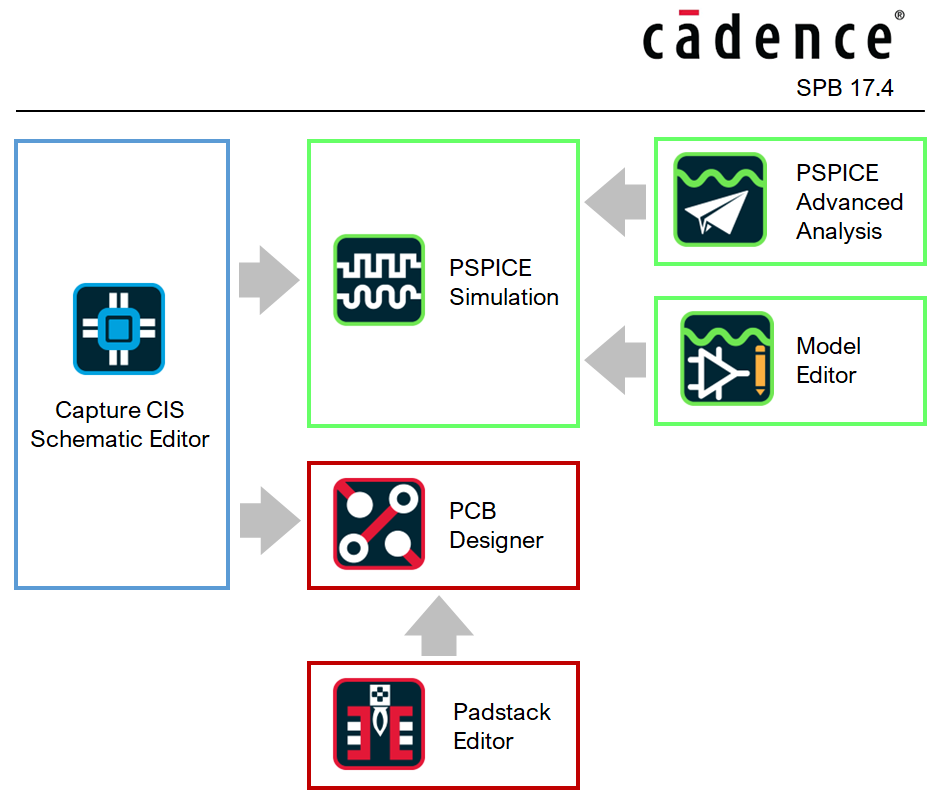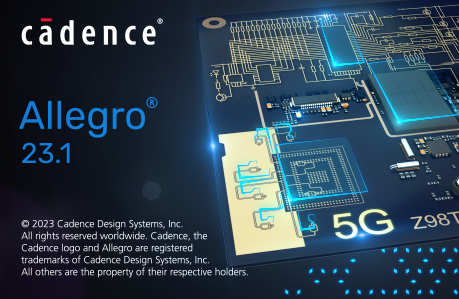Cadence tutorials
This tutorial section covers part of the Cadence® SPB design environment. SPB stands for Silicon Package Board and is the name given to a complete schematic to PCB design flow, including electrical simulation. Cadence® environment for PCB design is an assembly of software tools, each having a separate history.
For a majority of school projects, you'll need to get comfortable with only a few of these tools, namely:
Capture CIS is used to enter/edit electrical schematics. Schematics are entry point for several subsequent tasks such as simulation or PCB design
PSPICE AMS for analog/mixed simulation, and associated Advanced Analysis module, and the Model Editor
PCB Designer for printed circuit board development, and associated Padstack Editor

After completing these tutorials, you should be able to:
- Edit electronic schematics
- Create libraries to manage your own parts (devices), for component that are not included in Cadence libraries
- Associate SPICE models from external sources to your own parts
- Perform standard simulations of analog circuits based on usual analysis (BIAS, DC Sweep, TRAN, AC), including parametric analysis
- Perform advanced analysis such as SENSITIVITY and MONTE-CARLO to evaluate the robustness of your schematic
- Design PCB footprints
- Design professional PCBs
- Produce fabrication files for PCBs (GERBERS, DRILL)
- Create 3D models of assembled boards for further mechanical integration
In short, a few things an electrical engineer is supposed to master when it comes to hardware design.

Tutorials have been initially written with the SPB 17.4 release (2021) and slightly updated to work with SPB 23.1 (2023). Depending on the version you are using, you should expect small differences in the screenshots.
